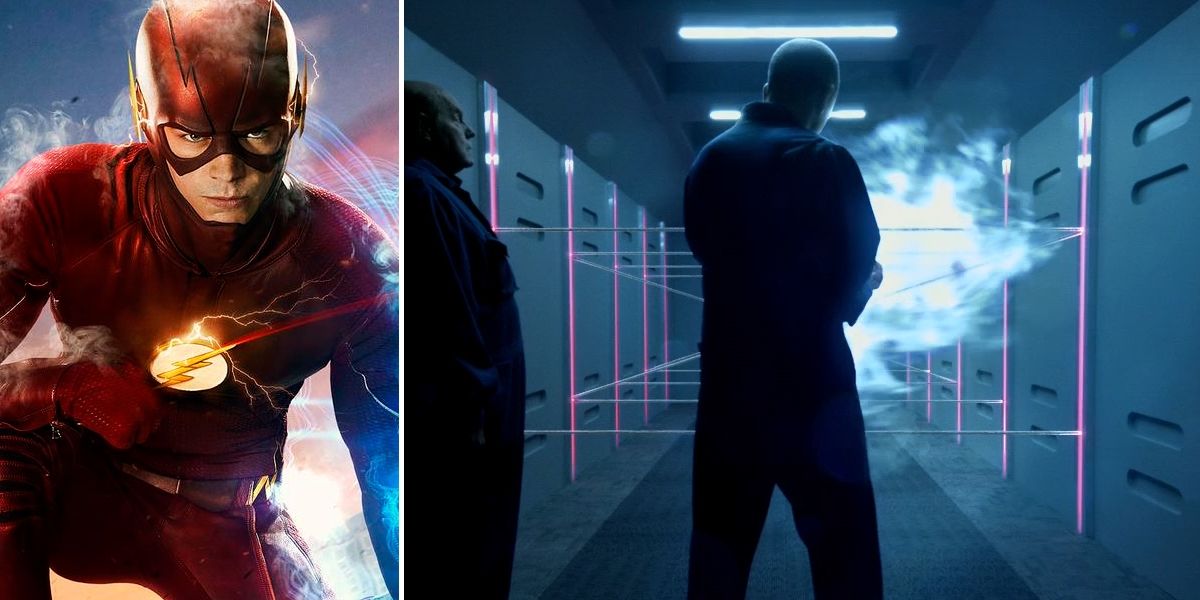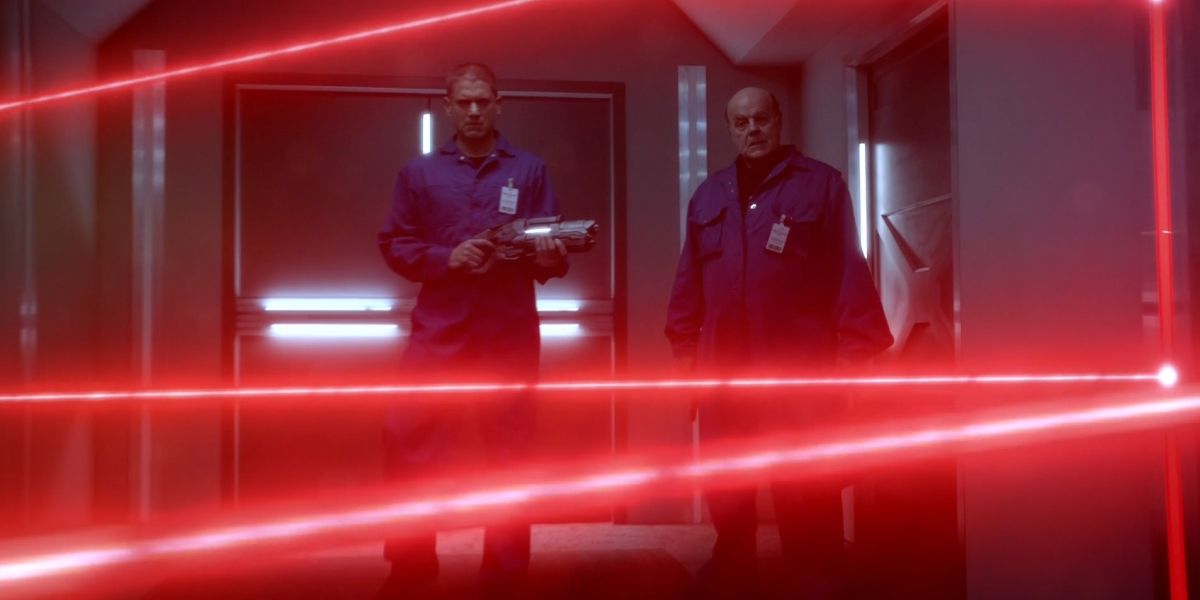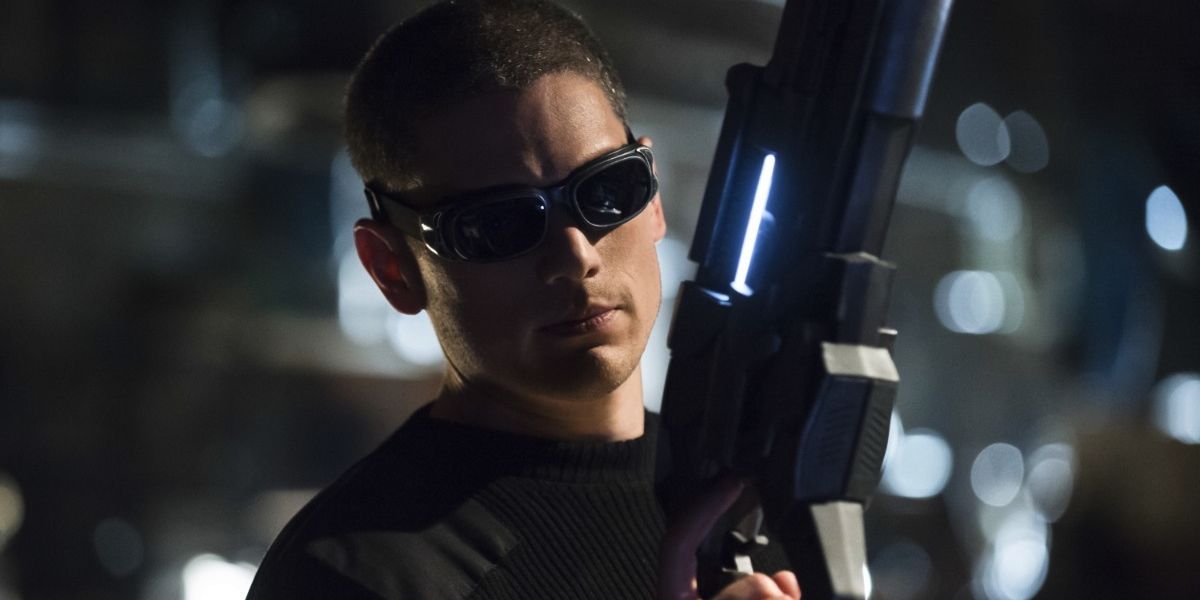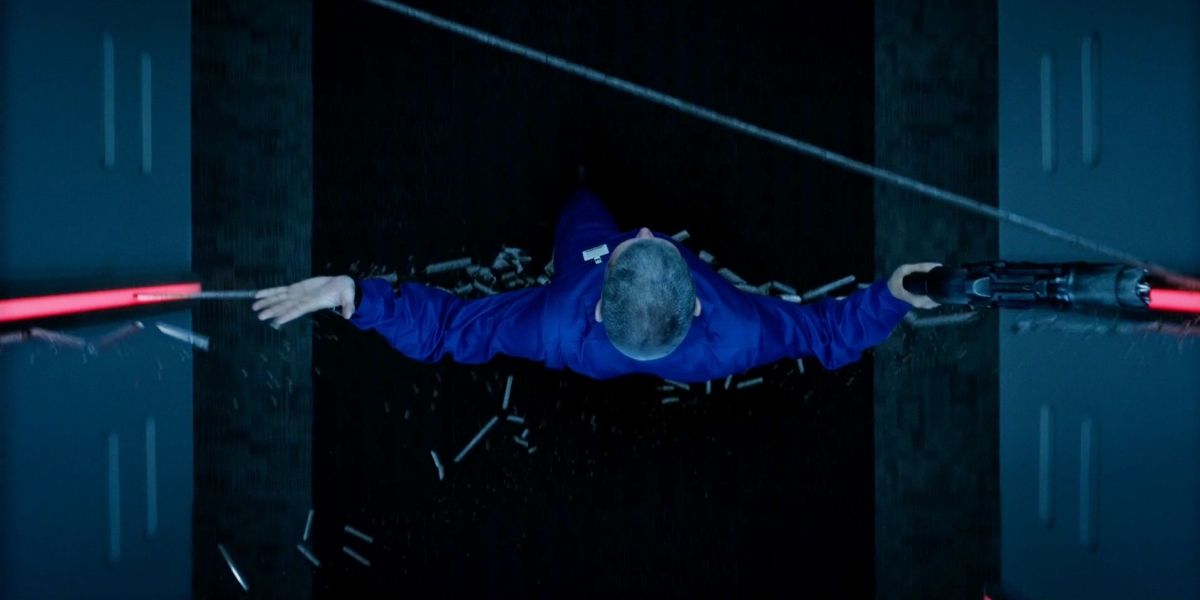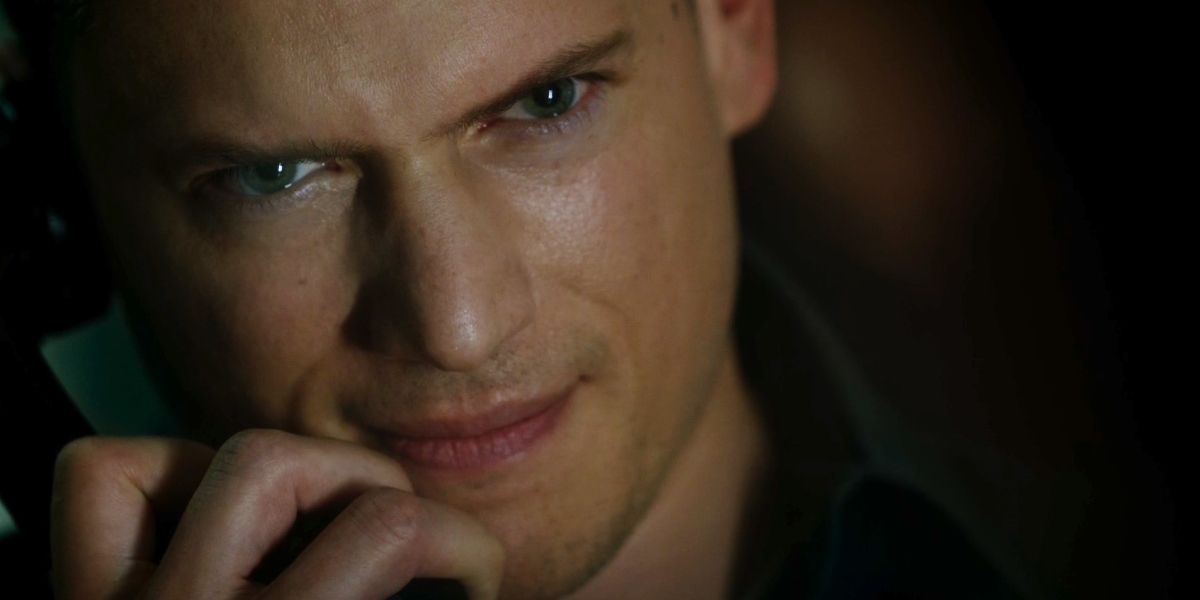[WARNING: This article contains spoilers for The Flash Season 2, Episode 3]
-
Every comic book fan knows that when it comes to superhero stories, a suspension of disbelief is a must. Shooting laser beams out of one's eyes, controlling metal, or moving at the speed of light just isn't possible in our world. But the rules, origins, and science fiction boundaries of superhero stories can be plenty of fun once they're established and agreed upon.
TV fans also know this to be true, as The Flash has introduced superpowered "metahumans" to The CW's once grounded DC Comics universe. But on a recent episode, the show's presumed ignorance of actual science had many rolling their eyes for the first time. They may have been willing to accept Captain Cold and his signature Cold Gun until now, but when a heist called for freezing light itself, viewers everywhere cried foul, accusing the writers of going too far. But did they?
We're more interested in superhero action than actual physics, but seeing just how quickly the online discussion turned to disproving the show's science - based on old, flawed thinking - has us thinking some explanation might help. It's a simple enough question: could Captain Cold really freeze a laser?
Is the following examination necessary? Of course not. Is it mildly informative to those wishing to keep up to date on experimental physics, and deliver a well-timed "...Actually.." to their Flash-loving friends? That is our hope.
What Viewers Saw
For those who have blocked out the event, allow us to set the scene. In the middle of a diamond heist, Captain Cold (Wentworth Miller) and his father (Michael Ironside) encounter a laser grid between themselves and the safe containing the goods. But Cold has been preparing for just this hurdle: unleashing his Cold Gun's beam of freezing villainy, he paints the lasers, replacing their beams with frozen sticks of ice - which crumble into pieces as he struts through them.
Warning his father that they only have a minute or two before "the system defrosts," they go about their business having seen the laws of physics and light - if a wealth of Internet commenters are to be believed - completely ignored and broken. The reason? You can't freeze light - there's nothing to freeze. You can't even stop it, if we're being picky.
The Real Science
Now for an actual dose of science, and a bucket of (fittingly) cold water: the stunt has far more science behind it than skeptics may first realize, or even be aware of. For starters, the idea that light can't be stopped or significantly slowed has already been proven false. In 1999, scientists managed to slow light down from a speed of 186,000 miles per second to just 38 miles per hour. Still not frozen, but a sign that light COULD be stopped, if they could get it down to the speed of a bicycle.
At this point, we'll ask the science majors to give us some leeway, but here's a simple version of how Dr. Lene Hau and her Harvard University team slowed time to a relative crawl. First, they created a cloud of matter so cold, and so dense, that when a light beam - or laser - was shot into it, the speed was so drastically cut, the scientists could actually observe the beam condense as it plowed into the cloud, proceed excruciatingly slowly through it, then expanded back out the other side.
Here's a brief video starring Hau herself, explaining the result - one that she would later describe as making light itself into something resembling "frozen water":
In the time since that first experiment, Dr Hau's team succeeded in slowing the laser to a complete stop, freezing it in time and space (as much as quantum physics will ever allow), while another team achieved the same task by locking a laser beam into a crystal it was passing through, rendering it motionless to any outside observer. But how do you get a cloud of matter to become dense enough to stop light in its tracks? Easy: cool it to absolute zero (or as close to it as possible on Earth).
Flash Fans will recall the introduction of Captain Cold's portable freeze ray, in which S.T.A.R. Labs' Cisco Ramon described it as creating a beam of absolute zero, which would, like the real temperature (-459.67 degrees Fahrenheit), slow the movement of any matter completely. Taking this new knowledge and applying it to Captain Cold's laser-freezing, viewers may see it through a different lens.
The Case For Cold
To be clear: it is not possible to turn a beam of concentrated light into solid matter. But, it IS possible to capture light inside a "frozen" substance, if cooled to its maximum density - not in the fantasy world of comic books, but our very own. It's entirely possible, then, that Cold's ray hitting the lasers was misunderstood: he wasn't lowering the beam to absolute zero, but emitting a substance at absolute zero that could lock the light in place. Once locked, the frozen substance could be broken, trapping the light until the absolute-zero-cooled-substance warmed, the light emerged at regular speed, and the security system detected the break, and alarms sounded (as the episode showed).
Again, fans have no way of knowing exactly how the Cold Gun works - is its visible white flame simply the visual appearance of cold, or the emission of a usually harmless substance cooled to absolute zero? The latter is plausible, as is the idea that Cisco kept it simple when explaining it. Or, is it possible that Cold concocted a change to the weapon, adding a fired substance that could take the gun's power and tackle a new field of physics? We know he learned every piece of the weapon, and planning is sort of his thing. If Dr. Lene Hau's work exists in The CW's universe, then it is possible.
Verdict
Of course, it's only possible. And all things considered, it's unlikely that any such feat could ever be accomplished. However, that exact charge could be laid against every single episode of The Flash. Hopefully, the case we've laid out seems like the kind of pseudo-scientific explanation or rationalization that Professor Stein or Cisco himself could rattle off in front of a whiteboard. And that's the part of the scoffs and eye-rolling at the laser beam stunt that seems so unfair. After all: a "beam of absolute zero" is completely impossible in reality to begin with.
For Flash fans, the answer seems clear: you either write off the show's desire to build fun out of experimental physics, or call it all silly. But singling out this stunt as breaking some boundary or logic is downright unfair.
And to the writers and fringe science fans in The Flash writers room, we tip our winged hats.
-
Next: The Flash Season 2: Who is Zoom? 5 Possible Answers
The Flash airs Tuesdays @8pm on The CW.
Source: Harvard University Gazette, The Telegraph

